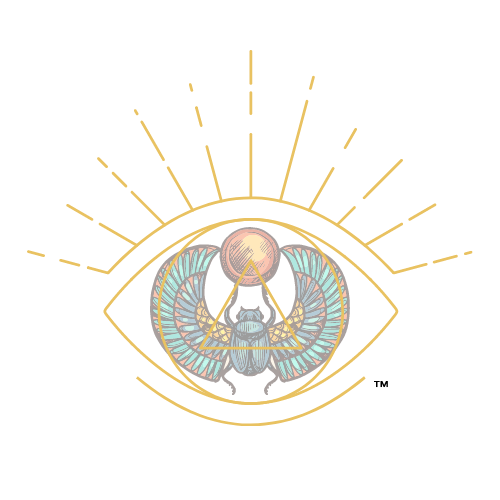Debunking Myths About Energy Healing: What Science Says
Understanding Energy Healing
Energy healing has been a subject of intrigue and skepticism for many years. While some people swear by its benefits, others are quick to dismiss it as pseudoscience. At the core of energy healing is the belief that energy can be channeled to promote physical, emotional, and spiritual wellness. But what does science say about this ancient practice? Let's explore the myths and truths surrounding energy healing.

What is Energy Healing?
Energy healing is a holistic practice that involves manipulating the body's energy fields to promote healing and balance. Common forms of energy healing include Reiki, acupuncture, and Qi Gong. Practitioners believe that disruptions or imbalances in the body's energy can lead to illness, and by restoring balance, one can achieve improved health.
Despite its popularity, many people question the efficacy of energy healing due to a lack of scientific evidence. However, recent studies have begun to shed light on how energy healing might work, offering some validation to its proponents.
The Science Behind Energy Healing
One of the biggest challenges in studying energy healing is its intangible nature. Unlike conventional medicine, which relies on measurable physical interventions, energy healing involves forces that are not easily quantified. However, some research indicates that energy healing can trigger a placebo effect, where patients experience real improvement due to their belief in the treatment.

Moreover, studies have shown that practices like acupuncture can activate the body's natural painkillers and improve circulation. Similarly, Reiki has been found to reduce stress and anxiety in some patients. While these findings are promising, more rigorous research is needed to fully understand the mechanisms at play.
Common Myths About Energy Healing
There are several misconceptions about energy healing that often fuel skepticism. Here are some common myths debunked:
- Myth 1: Energy healing is purely placebo. While the placebo effect plays a role, some studies suggest physiological changes occur during energy healing sessions.
- Myth 2: Energy healing requires belief to work. Although belief can enhance outcomes, reports of benefits from skeptics suggest that faith is not a prerequisite.
- Myth 3: Energy healing can replace conventional medicine. Energy healing should be seen as a complementary approach, not a substitute for medical treatment.

The Role of Energy Healing in Modern Medicine
As interest in holistic health grows, more medical professionals are recognizing the potential benefits of integrating energy healing into conventional care. Hospitals and clinics around the world now offer services like Reiki and acupuncture as part of their treatment plans, especially for pain management and stress reduction.
This integration reflects a broader shift towards patient-centered care, where treatments are tailored to the individual's needs and preferences. By acknowledging the potential benefits of energy healing, healthcare providers can offer more comprehensive care that addresses both physical and emotional well-being.
Conclusion: A Balanced Perspective
While energy healing may not yet be fully understood by science, it remains a valuable practice for many seeking alternative or complementary therapies. As research continues to explore its effects and mechanisms, energy healing's place in healthcare may become clearer.
For now, those interested in exploring energy healing should approach it with an open mind, but also with a critical eye. Consulting with healthcare professionals and ensuring it complements rather than replaces traditional medical treatments is key to harnessing its potential benefits safely.
